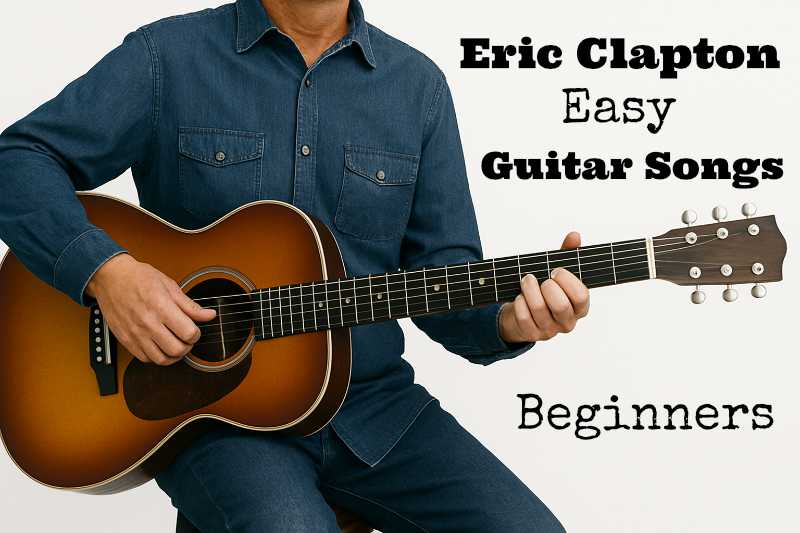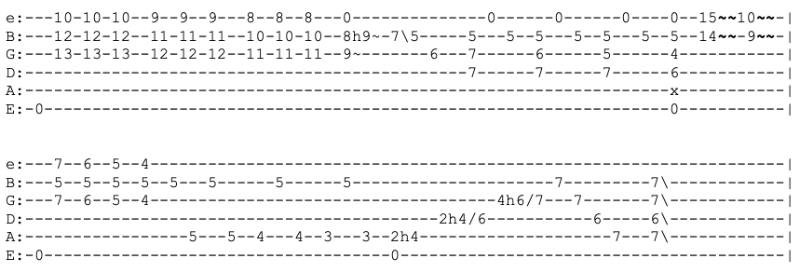Easy Eric Clapton Songs for Beginners

Hi folks, looking for some Eric Clapton Easy guitar songs to get started on guitar? You’re in the right place! Eric Clapton has written some truly beautiful classic songs that are perfect for beginners.
Although the original songs can sometimes be challenging, here the songs are simplified so they are accessible for all levels of playing.
The songs are simple and fun to play, even if you’re just learning. In this post, you’ll find 10 Clapton songs that will help you build confidence with strumming, chord changes, and basic riffs.
What is the easiest Eric clapton song to play on guitar?
One of the easiest Eric Clapton songs to play on guitar is “Wonderful Tonight.”
Why it’s easy:
- Simple chords: The song uses basic open chords like G, D, C, and Em.
- Slow tempo: It’s played at a very manageable, slow pace.
- Repetitive structure: The chord progression repeats throughout the verses and chorus.
- Beginner-friendly solo: If you want to try the solo, it’s melodic and slow—great for beginners working on phrasing and vibrato.
Now let’s take a look at the 10 Easy Eric Clapton Guitar songs.
Have a great one!
Continue Reading

